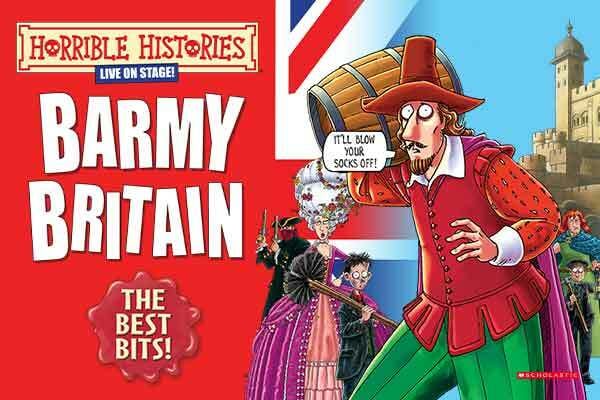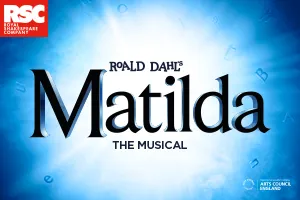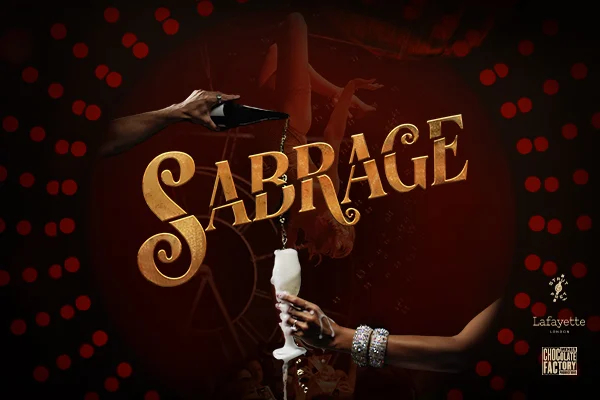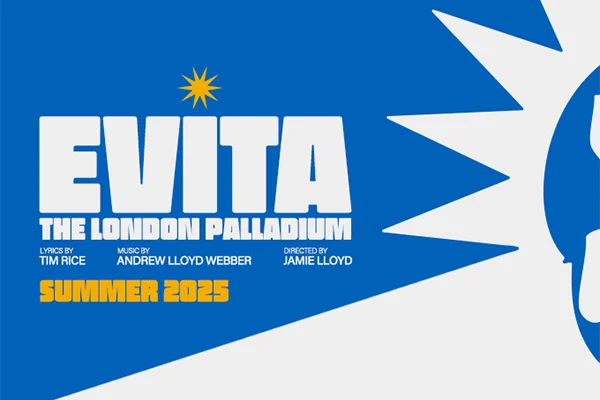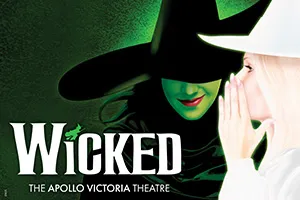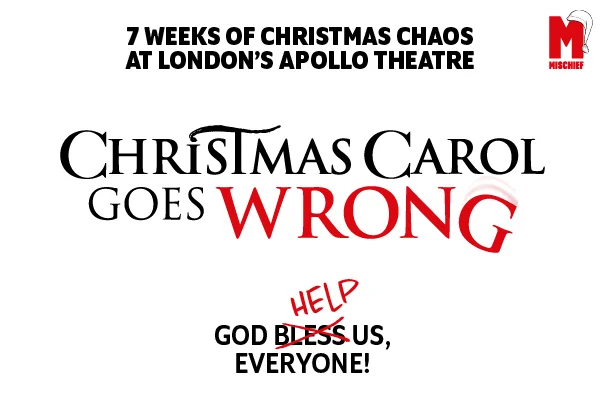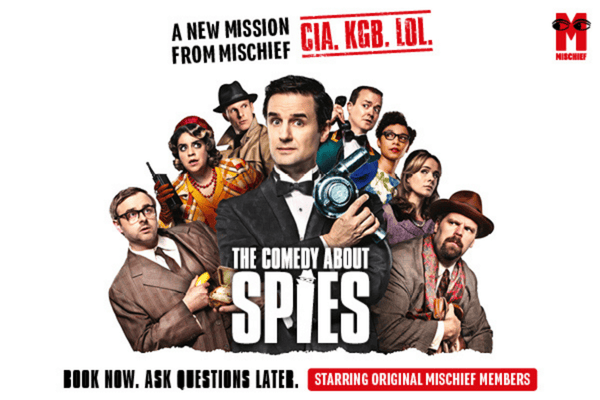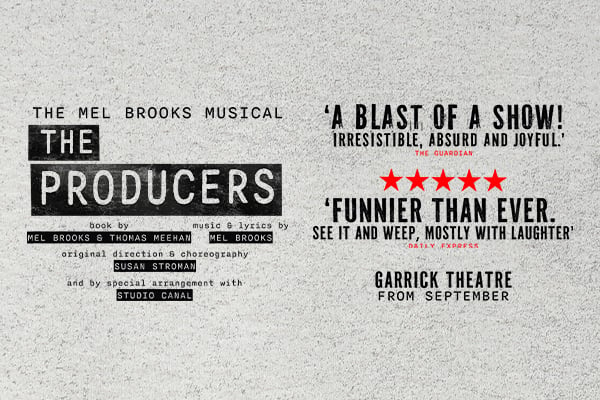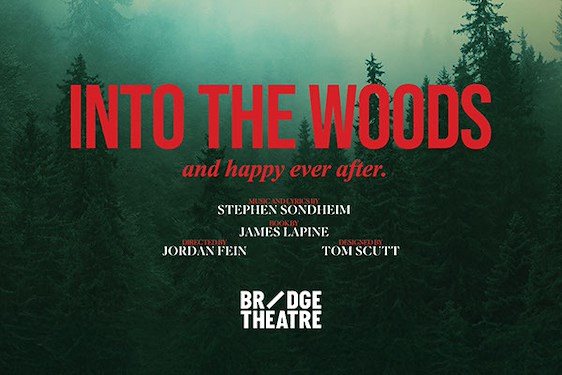There are two challenges at the heart of Fox-tot!, a new work from composer Lliam Paterson and director Roxana Haines for Scottish Opera. The first is arguably the most obvious: devising an opera short enough to hold the attention of children under the age of two. The other is more subtle: creating a story about change and growth that nevertheless means something to toddlers who still crave the security coming from repetition and familiarity.
Paterson’s engaging score is alternately percussive and atmospherically melodic.
Paterson's story is about a kit (a young fox) sent by its mother to see and experience the world through the eyes of a cat, a frog, and a butterfly – each represented by a succession of puppets. As night turns to day – the Moon and the Sun represented by huge blue cloth and yellow fur balls – there's a split between the children and the necessary adults in the room. Most of the former unquestioningly accept the puppetry without question. It's clearly the grown-ups who are less sure about a giant butterfly with the head and tail of a fox!
Designers Giuseppe and Emma Belli have created a delightfully old-school world of cosy armchair and autumnal leaves, against the silhouette of a city and the inventive designed puppets from Mervyn Millar for Significant Object. Singers Katie Grosset and Daniel Keating-Roberts are both engaging performers, especially welcoming for those audience members who are not yet always sure where to look when in a theatre space. Meantime, musicians Laura Sergeant and Michael D Clark perform Paterson’s engaging score – alternately percussive and atmospherically melodic – with an easy lightness of touch. The result is a surprisingly uncompromising, fully operatic experience.
Inevitably, not everyone will be happy—some two year olds will have a tantrum, no matter how good the show is. Still, the so-called grown-up world of theatre and opera could well learn a valuable lesson from this kind of show: not least the positivity and enjoyment that comes from letting your audience play on, and explore, the "stage", sets and props afterwards. Definitely the kind of audience interaction that makes an impact!







